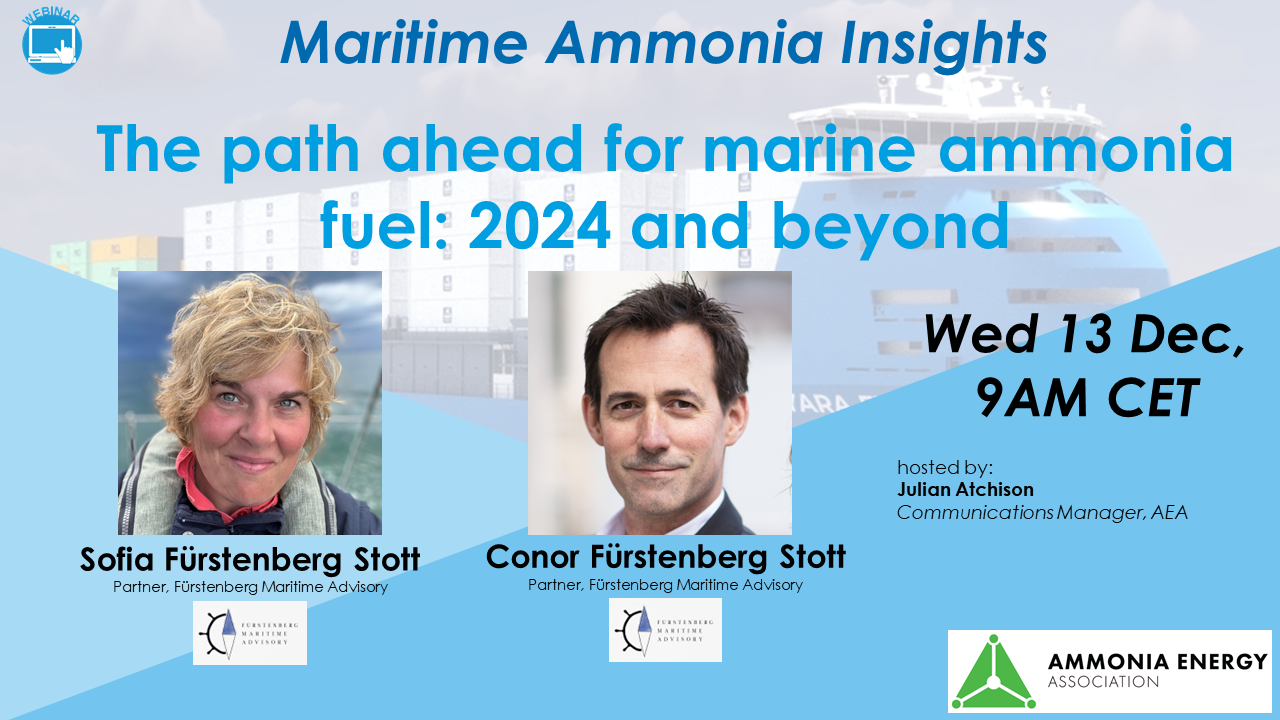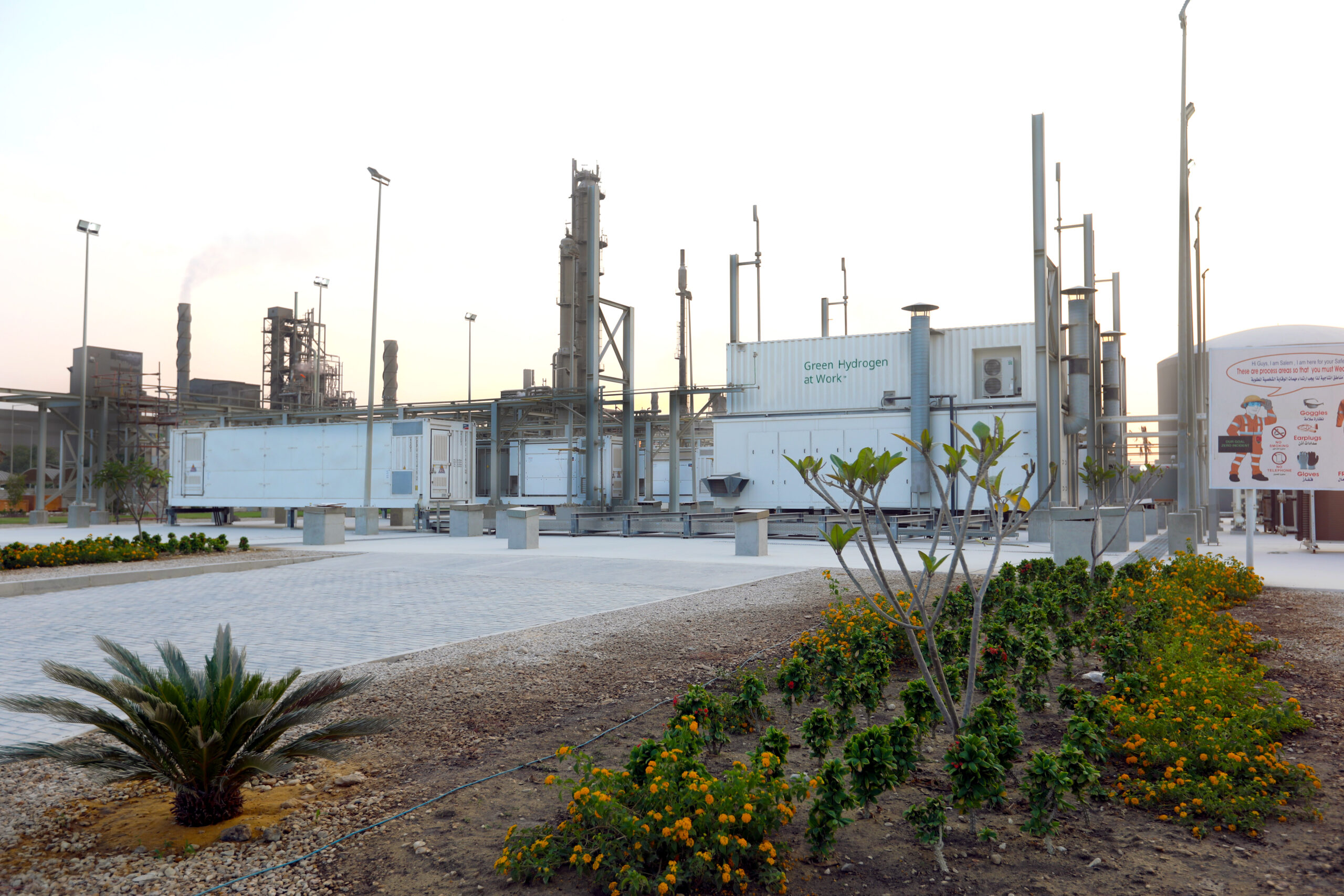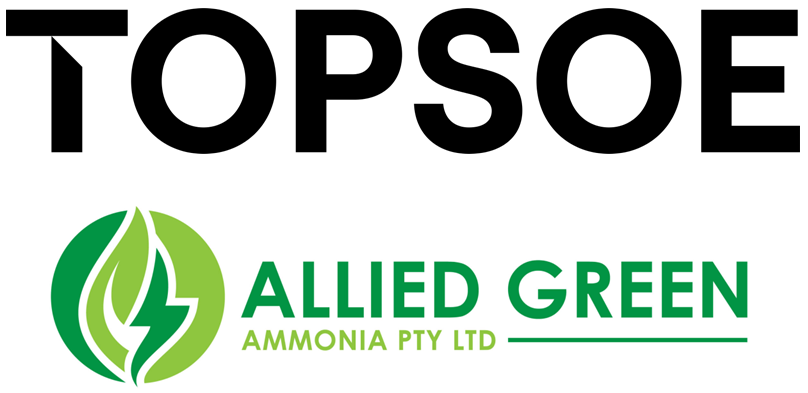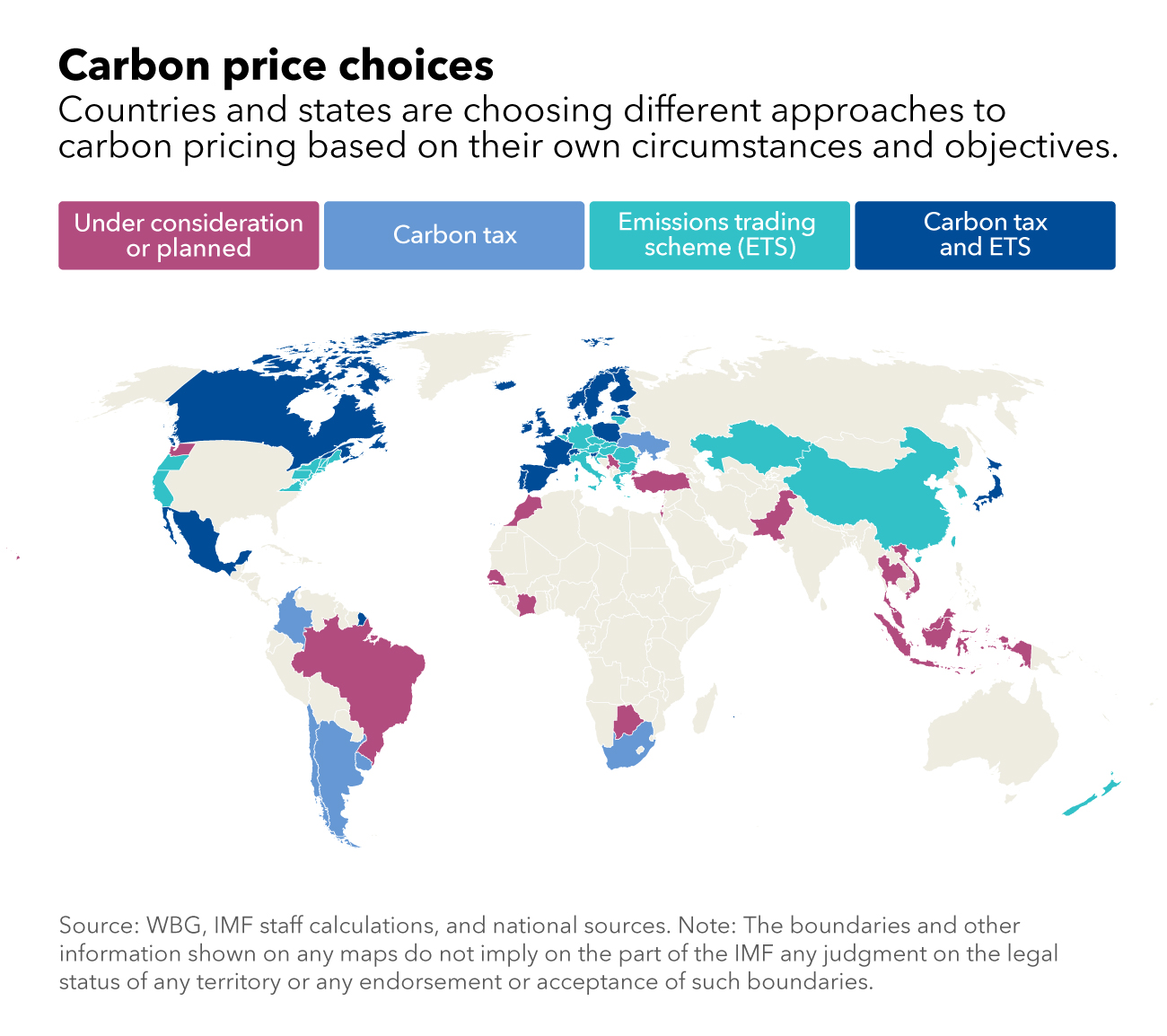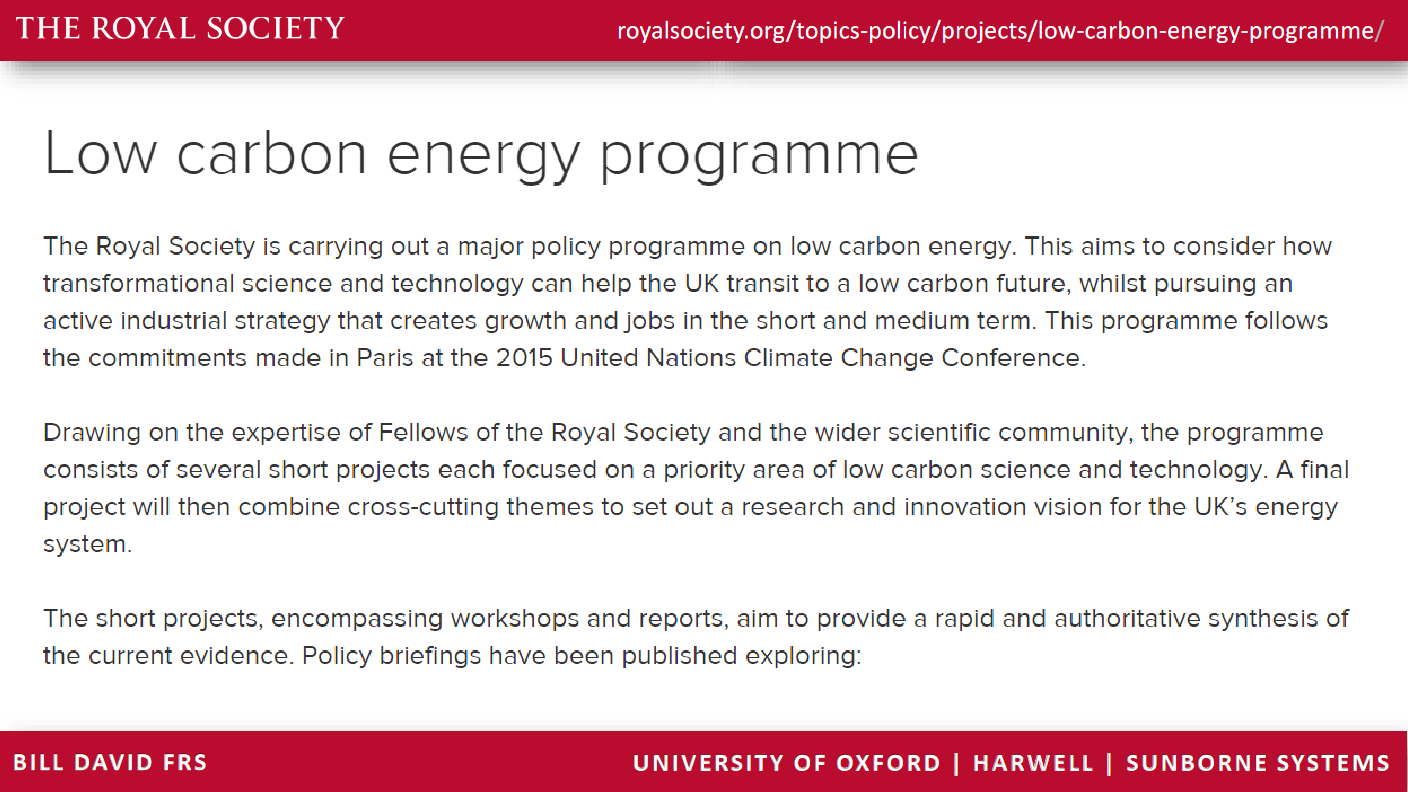The path ahead for marine ammonia fuel: 2024 and beyond
For our final episode of Maritime Ammonia Insights, we take stock of the progress of marine ammonia fuel to date, and ask what comes next. Meet Fürstenberg Maritime Advisory to learn about upcoming key decision points at the IMO, communications strategies for marine ammonia, current safety gaps, and priorities for 2024 as we work towards the first demonstrations of marine ammonia fuel.
